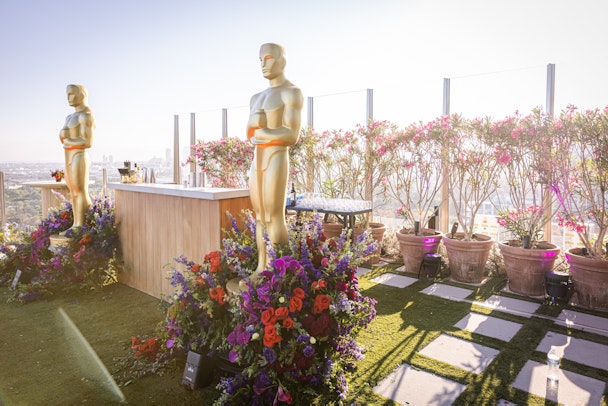There's no creativity without trust
Much as we would like it to be, creativity is rarely pure: it depends on conditions and environments to truly flourish. For The Drum's Creativity in Focus Deep Dive, Paul Skinner, creative director at agency 2Heads, argues that one of those preconditions is trust.

2Heads on the role that trust and relationships play in nurturing creativity.
Trust-driven companies are the ones that will deliver truly ground-breaking, innovative, creative work again and again. Why? Because corporate structure, innovation, and creativity rarely co-exist well. As a result, the most fragile part of the creative process is the idea.
Too often, fledgling ideas are extinguished in the very heartbeat they are imagined. Once conceived, they're often developed in isolation, which only takes creative thinking so far. But if trust is present in a team, there's opportunity for your idea to develop.
This is a safe space
Evolving creative ideas requires a ‘safe space’ with people we trust to support and challenge our thinking. Often the creative studio provides space for honesty and an ability to nurture an idea into a strategy or concept. Teams that respect each other and involve people with a diverse range of expertise (directors; finance; project engineers) will often produce more obtainable and actionable solutions away from cognitive bias.
If trust is present then respect, honesty and courage can be at the forefront, creating meaningful work.
Hiring smart people and letting them do their job is crucial, especially with global accounts. ‘Safe space’ and respecting down time in a hybrid world is even more important. At 2Heads, we create a client-centric village of people and experience around retained clients. This transparent framework identifies roles and responsibilities helping us to be agile in our creative approach when dealing with multiple briefs.
By diversifying and opening the ‘trust circle,’ we must make sure that apathy, politics, legacy thinking, and fear of change do not interrupt the ability to create a more collaborative human-centric approach to problem solving. If we are simply provided the answer or solution to be created (arguably due to lack of trust) then innovation is sure to be starved.
Trust in two parts
With decade-old relationships comes the trust and chance to dive deeper into more experimental approaches. At 2Heads we've developed hybrid sales platforms, creating unique content, virtual environments and sustainable strategies for Disney and Bombardier. Without the presence of trust and a lasting partnership these creative approaches may never have seen reality.
Creating teams that have both 'practical trust' and 'emotional trust' is the holy grail. Leaders and creatives alike must look to foster the two parts of the trust equation to create a culture that empowers people and supports ideas.
Practical trust encompasses procedural elements like organizational process and task fundamentals. Emotional trust is culture and a connected belief within a team. With this belief people will come to work for each other through a balanced sense of trust and purpose.
When working with new clients, we aid the development of trust by orchestrating workshops that actively involve the client and hold a range of differing perspectives from the outset. The aim of these workshops is not only to find common ground through collaboration, but to help identify differences early on.
With Belden, the timeline to develop a strategy and story-led experience that showcased their solution capability was ‘assertive’ to say the least. Cross-department trust that was framed with practical processes enabled creative development across virtual, digital, and physical environments. Our relationship and work with Belden continues to this day, leading the development of their customer innovation center across three continents.
Trust exercise
In most cases people buy into a brand for what they believe it stands for: the brand's values; its trust pledge.
Behind every brand, company and organization are the teams of people. The process of trust is built over time through actions and interactions forging credibility and reliability. Once people trust you, you'll not only talk the talk but also walk the walk. Emotional trust can start to evolve and from here people and teams can unite.
Trust requires daily conditioning. It's a fragile commodity that needs to be supported by all within the organization and not just leaders. If trust is the cultural bedrock, change and growth are easier for any organization or brand to accommodate.
At 2Heads, we've all participated in forging, developing and nurturing these partnerships with our clients in inquisitive, daring and inventive ways: decade-long relationships built and deepened on a foundation of trust. It's our belief (and experience) that the power of trust allows for something much greater and can inspire clients to create great innovations.
To keep up to date with all our coverage head over to the Creativity in Focus hub.
Content by The Drum Network member:

2Heads
We are 2Heads, an experiential marketing agency. We craft amazing, meaningful experiences that bring brands and people together. We help our clients grow their...
Find out more
